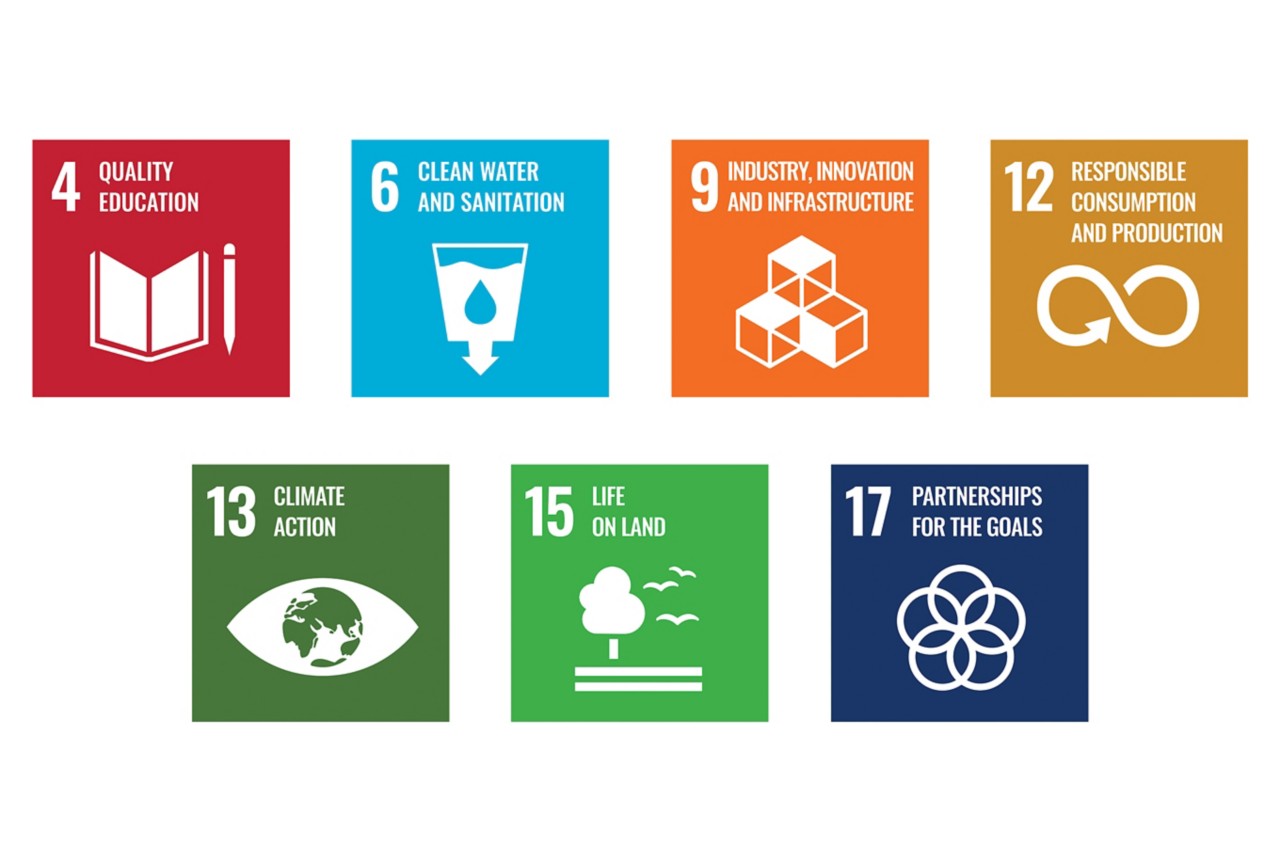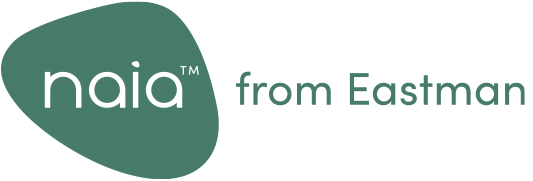Our promise to future generations
As part of our ongoing sustainability journey, Naia™ continues to build on the progress we’ve made — reflecting on what we’ve achieved, learning from what remains unfinished, and charting a renewed road map for the work ahead. Our goals are a living expression of our continued commitment to advancing circularity, transparency and the long-term health of our industry — always with future generations in mind.
We believe that sustainable textiles belong to everyone, and we strive to make this possible. But this goal goes beyond just manufacturing eco-conscious materials. It’s a promise to always innovate, collaborate and try to be part of the solution to the world’s most pressing sustainability issues. That’s why we’ve aligned our sustainability goals with the United Nations Sustainable Development Goals (SDGs), which act as a blueprint for achieving a better, more sustainable future for everyone.

Our goals
The 17 SDGs are the blueprint to help achieve a better, more sustainable future for everyone. These goals address global challenges, including poverty, climate change, environmental degradation, peace and justice. The Eastman Naia™ team recognizes our responsibility to participate in positive change and will contribute to the achievement of the SDGs.
The SDGs guide the Naia™ sustainability efforts in three critical impact areas:
- Mitigating climate change
- Mainstreaming circularity
- Caring for society
With our Naia™ sustainability goals, we’re contributing to these core SDGs:

Mitigating climate change
With Naia™, our commitment to combating climate change is rooted in action and accountability. In support of the SDGs, we are working to significantly reduce our environmental footprint and accelerate the transition to a low-carbon future.
By 2035, we aim to lower the greenhouse gas (GHG) footprint of the current U.S. production of our Naia™ cellulosic fiber portfolio by 35% (Scopes 1 and 2 emissions per ton of product sold) and achieve net-zero operations by 2050. We’re also advancing toward a closed-loop, zero-waste Naia™ production facility in the U.S. by 2030, creating a model for resource-efficient manufacturing.
As a benchmark of accountability, we will fully comply with the Textile Exchange’s Materials Matter Standard, meeting all sustainability, environmental and social requirements. This includes rigorous monitoring of outcomes for water use, biodiversity and other key environmental indicators to ensure Naia™ continues to lead the industry in responsible production.
Mainstreaming circularity
Circularity is not just part of our innovation process — it’s the lens through which we craft every product and partnership. We’re redefining how textiles are made, used and renewed by building systems that keep valuable materials in use and out of the environment.
By 2028, we will launch a commercially scaled Naia™ product produced from 60% GRS-certified recycled content,* derived from apparel waste. We will fully comply with upcoming EU and China Digital Product Passport requirements, ensuring every Naia™ fiber is traceable through both physical and digital verification. To achieve digital transparency, we are partnering with TextileGenesis™ — where every volume of Naia™ is digitized into unique Fibercoins™ to create a secure chain of custody that mirrors every physical handoff from fiber producer to mill to brand. We accomplish physical transparency through our in-house Naia™ Fabric Certification Program where mills, garment makers and brands can submit their fabrics and garments to our global labs for testing to ensure the fabrics they’ve purchased are indeed made with Naia™ branded fibers.
To build resilient infrastructure, promote sustainable industrialization and foster innovation, we’re making two major strides. First, we will invest more than 90% of our textiles research and development resources in circular solutions by 2030. Second, in collaboration with our brand partners, we will run at least one take-back program to demonstrate what’s possible with complex textile waste and inspire broader industry understanding and adoption.
Through these efforts, Naia™ continues to accelerate the transition toward a truly circular textiles economy — one that delivers performance, beauty and sustainability without compromise.
*via GRS-certified mass balance



Sustainability isn’t part of our strategy. It is our strategy.
At Eastman, we transform tomorrow by revolutionizing the materials that shape it today — through materials like Naia™. We’ll continue to proactively play our part in creating a healthy textiles industry that helps mitigate climate change, mainstream circularity and care for society.






